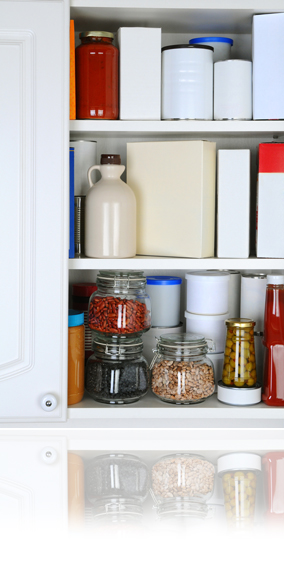
“I don’t have a problem with credit,” a potential new home buyer says. “I pay my bills on time. I never have trouble getting a loan.”
That may be true. However, according to several surveys, most people are surprised by at least one piece of information in their credit report. And it only takes one derogatory item to create an obstacle to getting the lowest mortgage rate possible, or even getting a mortgage at all.
That’s why it’s important to check your credit report before you shop for a new home. You will then have the opportunity to deal with any unexpected issues.
For example, you may discover an error, which is not unusual. If you do find there is a mistake in your credit report, inform the credit bureau immediately. They are required, by law, to promptly make a correction.
If there are late payments noted on your credit report, you can write a letter of explanation to the credit bureau telling your side of the story. This will accompany the credit information that goes to your lender. Assuming everything else in your credit report is fairly good, most lenders will accept a reasonable explanation for late payments, such as being laid off from a job, an extended illness in the family, or military service overseas.
How do you get your credit report?
There are three major credit bureaus in North America:
- Equifax (www.equifax.com)
- Trans Union (www.transunion.com)
- Experian (www.experian.com)
All have websites that allow you to order your credit report for a reasonable fee. It’s a good idea to order all three credit reports as not all companies report credit information to all three bureaus.
Getting your credit report, and checking that it’s accurate, will make the home buying process go a lot more smoothly.









